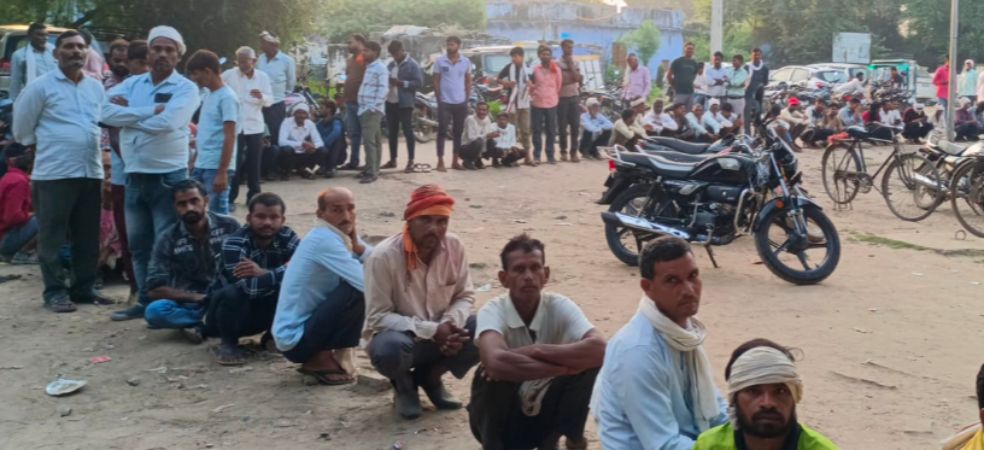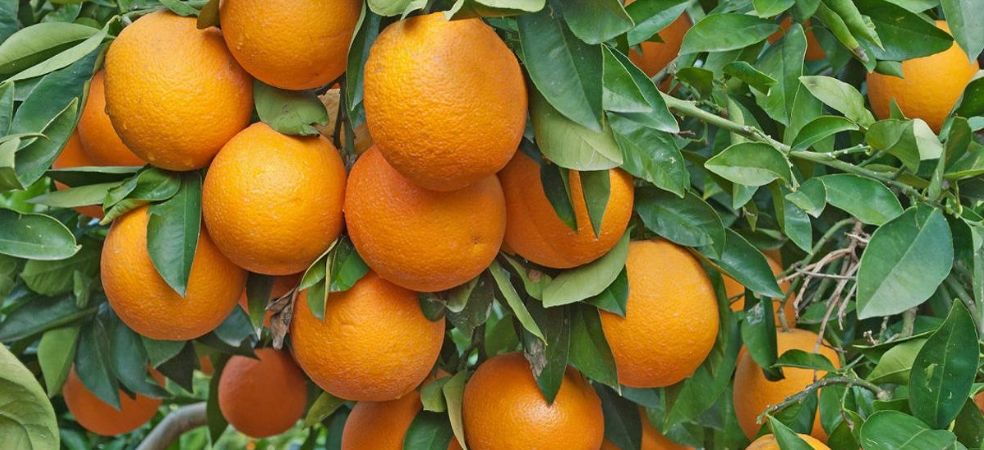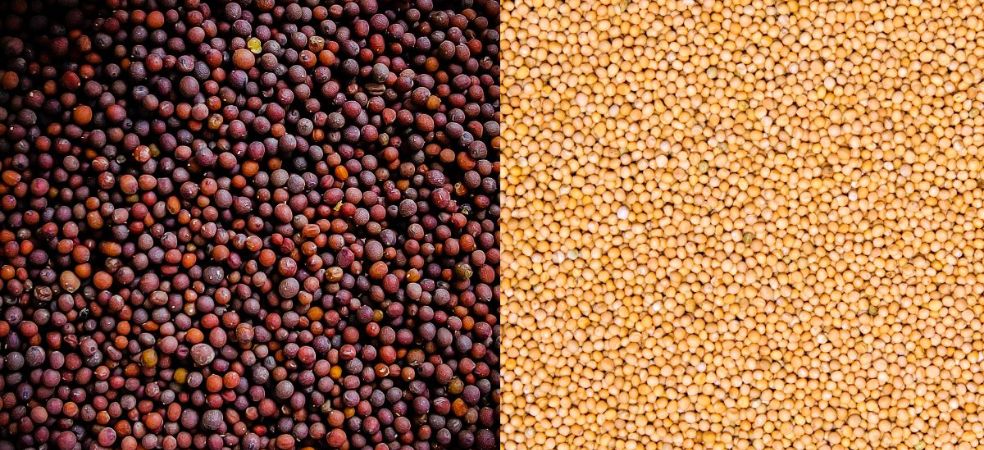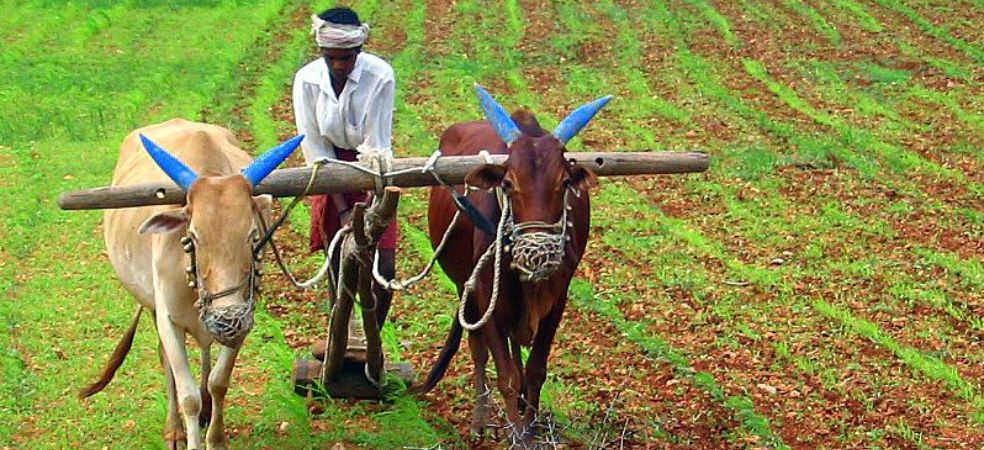Every year, during Kharif and Rabi seasons, long queues of farmers at fertilizer distribution centers become a common sight. Despite government efforts, chaos and shortages often disrupt the process. To address this recurring issue, the Madhya Pradesh government is revamping its fertilizer distribution system for the upcoming year.
The new plan involves establishing additional distribution centers in areas where more than 500 farmers are registered. This initiative aims to ensure that fertilizers reach all farmers efficiently, eliminating disorder and shortages. The state government is also seeking financial assistance from the central government to implement this plan effectively.
According to Agriculture Department officials, these additional centers will significantly streamline the distribution process, making it more accessible and hassle-free for farmers.
Source: Nai Dunia
ShareFor updates on beneficial government schemes related to agriculture, read Gramophone’s articles daily. Don’t forget to share this article with your friends using the share button below!










